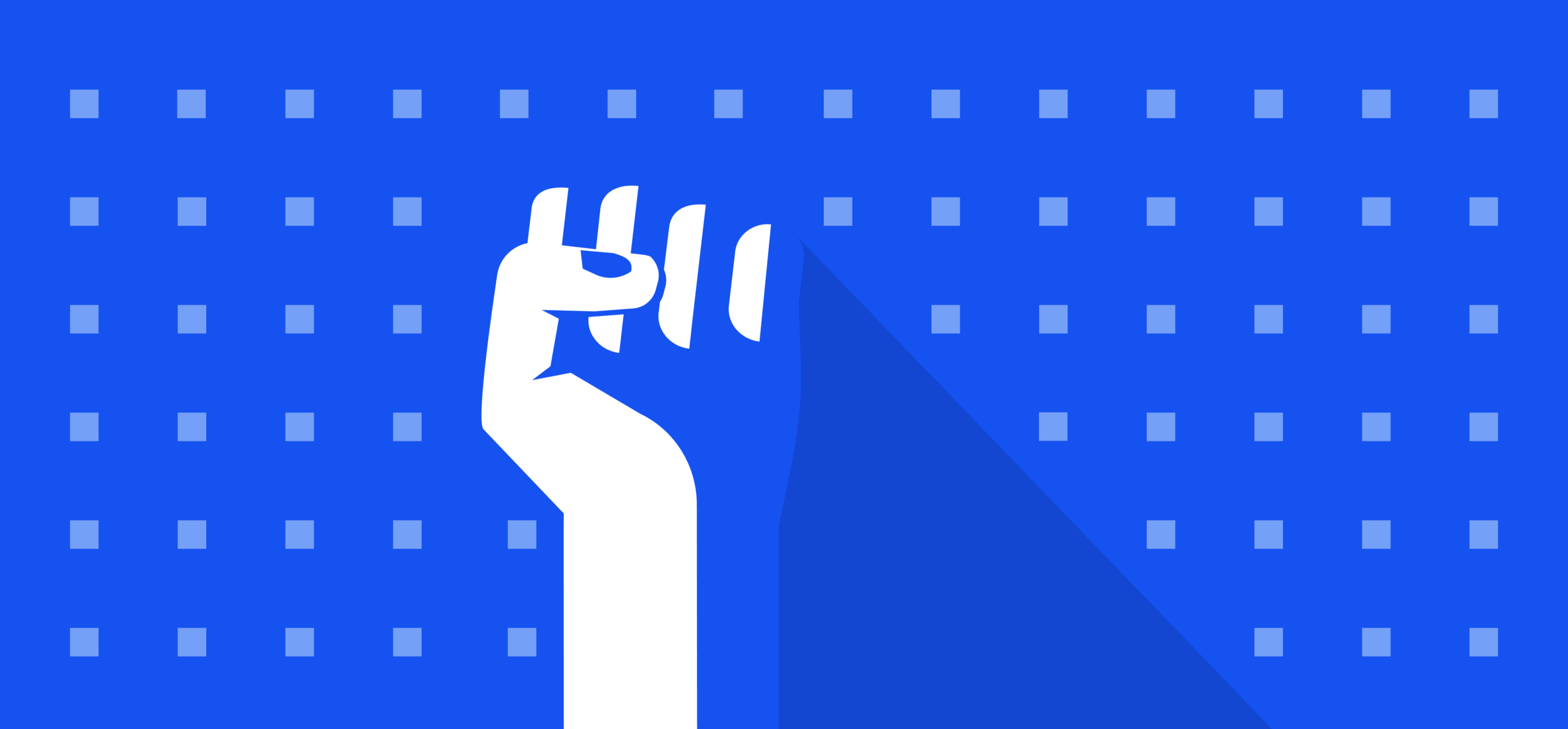This post was originally published on the Coinbase blog
Today’s world wide web, or the internet, has two key missing properties:
- It doesn’t hold “state”, independent of trusted operators
- It doesn’t have a native mechanism to transfer state
Lack of state is a result of the simplicity of the protocols that the web is built on, such as HTTP and SMTP. At any moment, if you were to query a node (a device connected to the internet) about its history or current state, it has no idea. From a user’s perspective, this would be like using the internet for the first time from a new browser (no history, favorites, saved settings or auto-complete), every time you use anything connected to the internet. Imagine having to submit your user information every time you’re trying to use a service or downloading all your favorite apps every time you open your device. The internet would not be useable, or at least extremely inefficient.
State, however, is crucial to the development of services and applications as it can represent value. As such, two key developments have remedied the state drawback. First, as Brendan Eich highlights, cookies were invented in order for web based applications written in JavaScript to preserve state on each local device. The problem with cookies however is that they are created and controlled by service providers, not the user. The user does not have any control over which provider is giving them state or has access to their state.
The second development that addressed the lack of state is centralized service providers that hold user state on their own machines. Today’s large internet companies like Google and Facebook all hold the state, and hence the value created, by billions of people. There’s nothing inherently wrong with this, as their users have benefited from services and value created by the same companies. The problem lies in how the internet benefits these centralized companies way more than it does the public.
The second key missing property of the internet, the lack of a native mechanism to transfer state, is partly a by-product of the first issue. If you can’t hold state (and the value it creates), you can’t transfer it. The ability to easily and efficiently transfer value is at the heart of economic development and modern finance. Any improvement in how efficiently you can transfer value has cascading positive effects. Today’s internet has made it easier to transfer information by orders of magnitude and thus has created immense potential for new businesses and services. However, if there’s no easy way for businesses to trade value, they need to find another way to profit from their services.
This is why, over the years, the web’s incumbent business model has become advertising, as advertising businesses are the only ones that can efficiently store and transmit the state of billions of users. Again, there is nothing inherently wrong with advertising. But the problem, this time, is three-fold:
- Third-party intermediaries facilitate and profit from every single advertising transaction;
- Advertising favors established businesses, which puts new businesses at a disadvantage, limiting the economy’s growth potential;
- A richer advertising economy is reliant upon more user data (which feeds ad models), creating misaligned incentives with users and bad UX.
A Direction for the Internet

The web, in and of itself, is a technological development. It’s just a bunch of pipes, indifferent to what humans do with it. Humans, ultimately, need to decide where to point it. Over the years, it’s become obvious that its current direction will not benefit those who aren’t already benefiting from it. For the web’s next decade or two, a better direction would be to facilitate:
- The creation of native economic value by any participant; and
- The transfer of this native value to any participant.
With the invention of blockchains, thanks to Satoshi Nakamoto and other academics before her/him/them, we now have a way for each participant in a network to hold and transfer state in a digitally native format. Many developers and entrepreneurs around the world have started to build (or #BUIDL, as the case may be) on this new state layer. With the advent of open platforms such as Ethereum, this is becoming easier by the day. As people become aware of what these new capabilities allow them to do, they have started to rally around the cry for an internet that is more open and fair, otherwise known as Web 3.
For Part 2: What, click here
Thanks to Linda Xie, Josh Stark, Tony Sheng, Sid Coelho-Prabhu, Jacob Horne and Daniel Harrison for feedback.
Unless otherwise indicated, all images provided herein are by Coinbase.